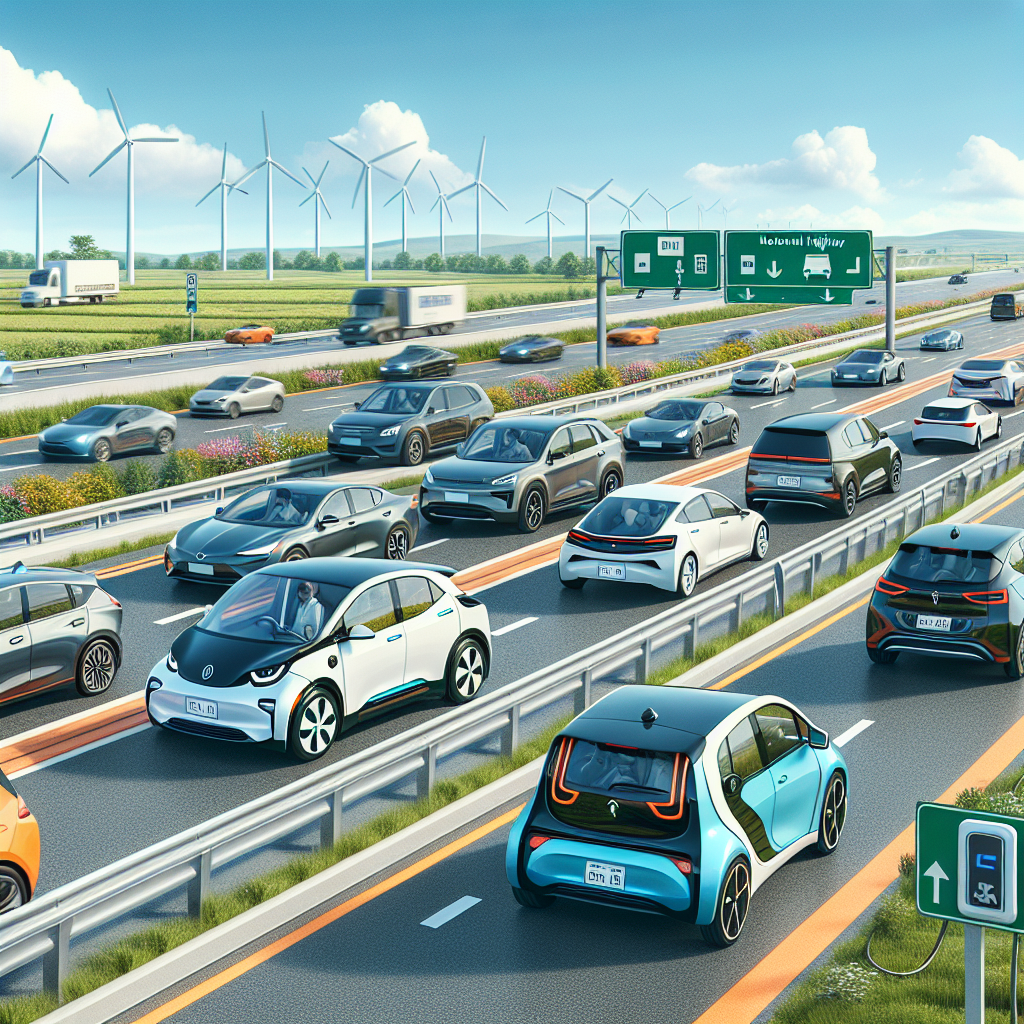India's Electric Vehicle Revolution: Challenges and Opportunities
Despite various policies boosting electric vehicle sales, India still faces hurdles in increasing EV market share. Factors like consumer preference for ICE vehicles, high costs, and inadequate charging infrastructure constrain EV adoption. While subsidies have driven growth, experts say comprehensive measures are needed to meet 2030 targets.

- Country:
- India
A recent study highlights the success of government policies in increasing electric vehicle (EV) sales across India between 2014 and 2023. However, the report underscores significant challenges in achieving a greater market share for EVs, such as consumer preference for traditional internal combustion engine (ICE) vehicles and insufficient charging infrastructure.
Data reveals that India aims to aggressively cut its carbon emissions, particularly in the transport sector, by focusing on EV manufacturing. The country hopes to become a global hub for this industry by 2030. Nonetheless, obstacles like the high cost of EVs, battery shortages, and lack of national targets persist.
The Institute for Energy Economics and Financial Analysis (IEEFA) found that government subsidies, notably under FAME-II, significantly boosted electric two-wheeler sales. However, the adoption rate remains modest, prompting experts to call for enhanced public charging infrastructure and better-targeted policies to sustain growth.
(With inputs from agencies.)










